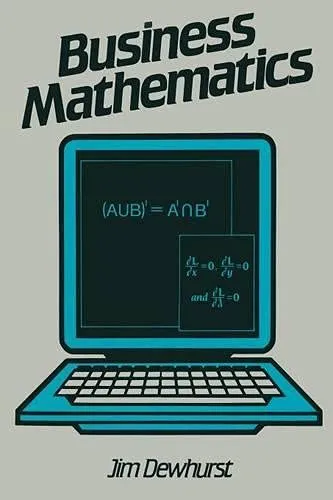Business Mathematics

Free Download Business Mathematics by Jim Dewhurst
English | PDF | 1988 | 343 Pages | ISBN : 0333384105 | 24.5 MB
This book isintended for those students and managers whose basic knowledge of mathematics can best be described as being broadly equivalent to the (old!) ‘0 ‘ level.
The approach used in this book is based partly on ‘traditional’ maths and partly on modern maths. This reflects the view of the author that both have advantages, and that acting together they can provide a very powerful base. This approach is also desirable for other, more pragmatic reasons. First, readers will have widely differing mathematical backgrounds; second, many professional, managerial, accountancy and banking examinations require an understanding of both these approaches. Further , most techniques these days will be implemented with the aid of a suitable computer program. This book may therefore be seen as being based on the integration of traditional maths with modern maths through the technique of computers.
The material has been divided into thirteen chapters and they have been written so that they are to an extent independent of each other.
Each chapter starts with the relevant mathematics and at the end covers appropriate applications to the business situation. There are exceptions to this,since sometimes the business application is more suitablydealt with in the body of the text. An example of this is in Chapter 13, where the transportation algorithm is an integral part of the mathematical text and is treated as such.
Answers are given for most of the quantitative questions (Appendix B); in addition fully-worked answers (the author’s responsibility) have been pro- vided for some questions (Appendix C). The intention here has been to provide one of these worked answers for a typical examination question in each of the main areas of the subject.
Except where necessary for a proper appreciation of the business techniques this book does not concern itse lf with statistics. Plenty of books have been written solely on this subject. There have, however, been some ‘demarcation’ problems! These have been particularly difficult in the general area of what might be described as ‘mathematically-based operational research methods’. In order to help bridge this gap a short selected bibliography of books in this area has been provided. Because of their practical and examination import- ance regression analysis and linear programming have been included.
[/b]

